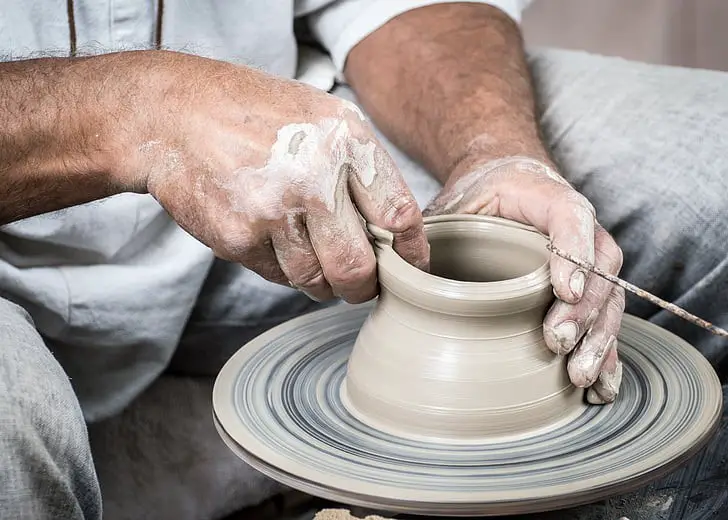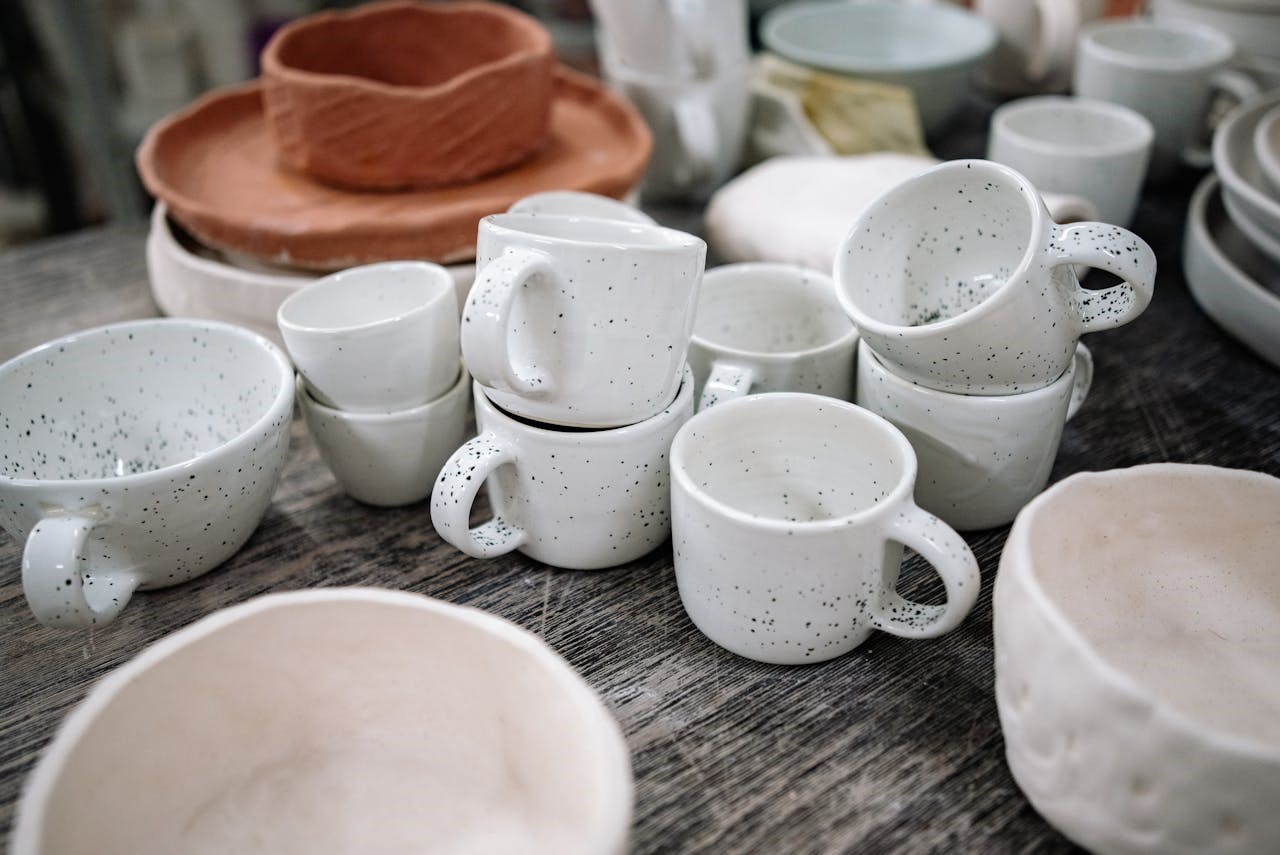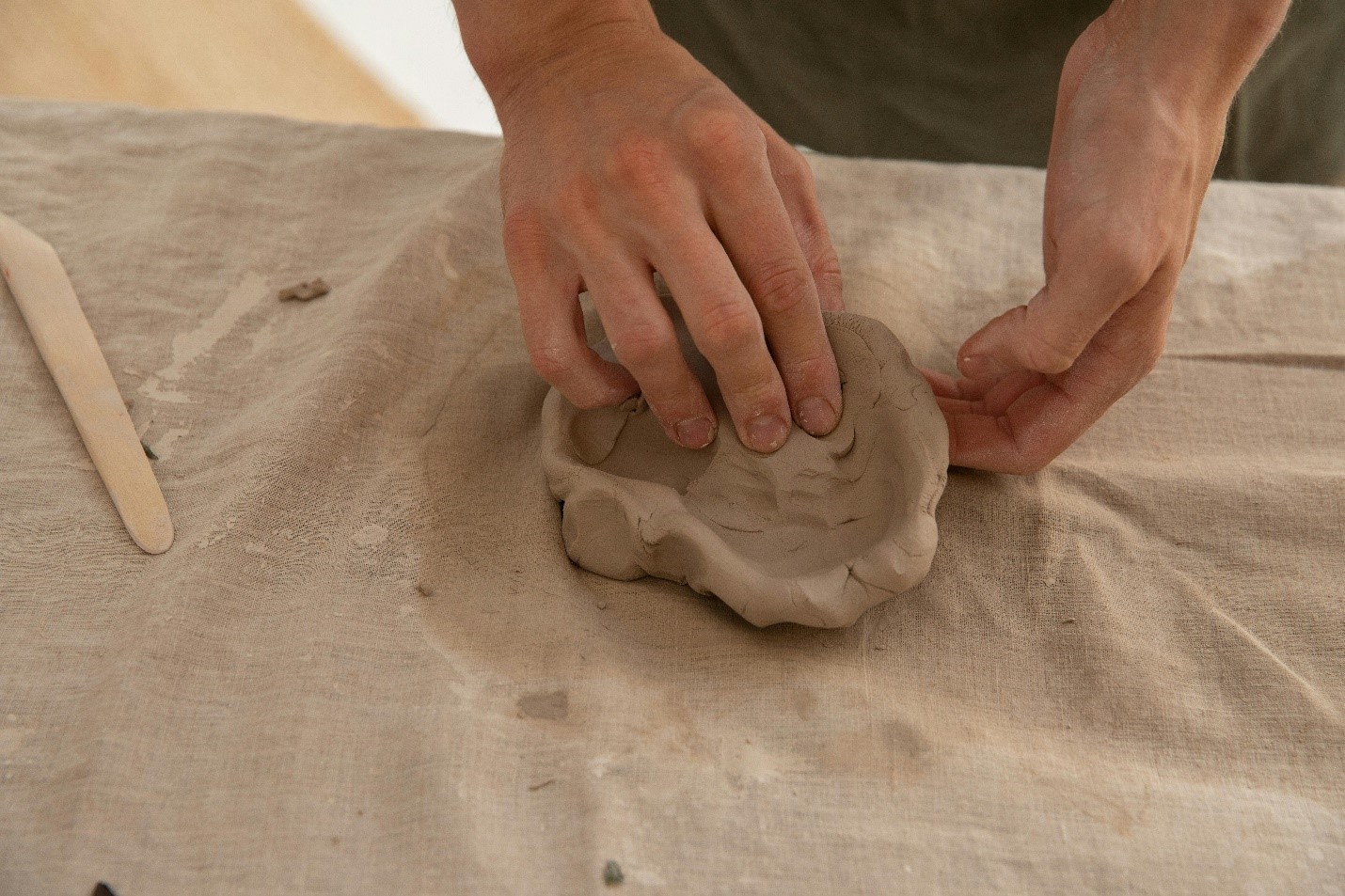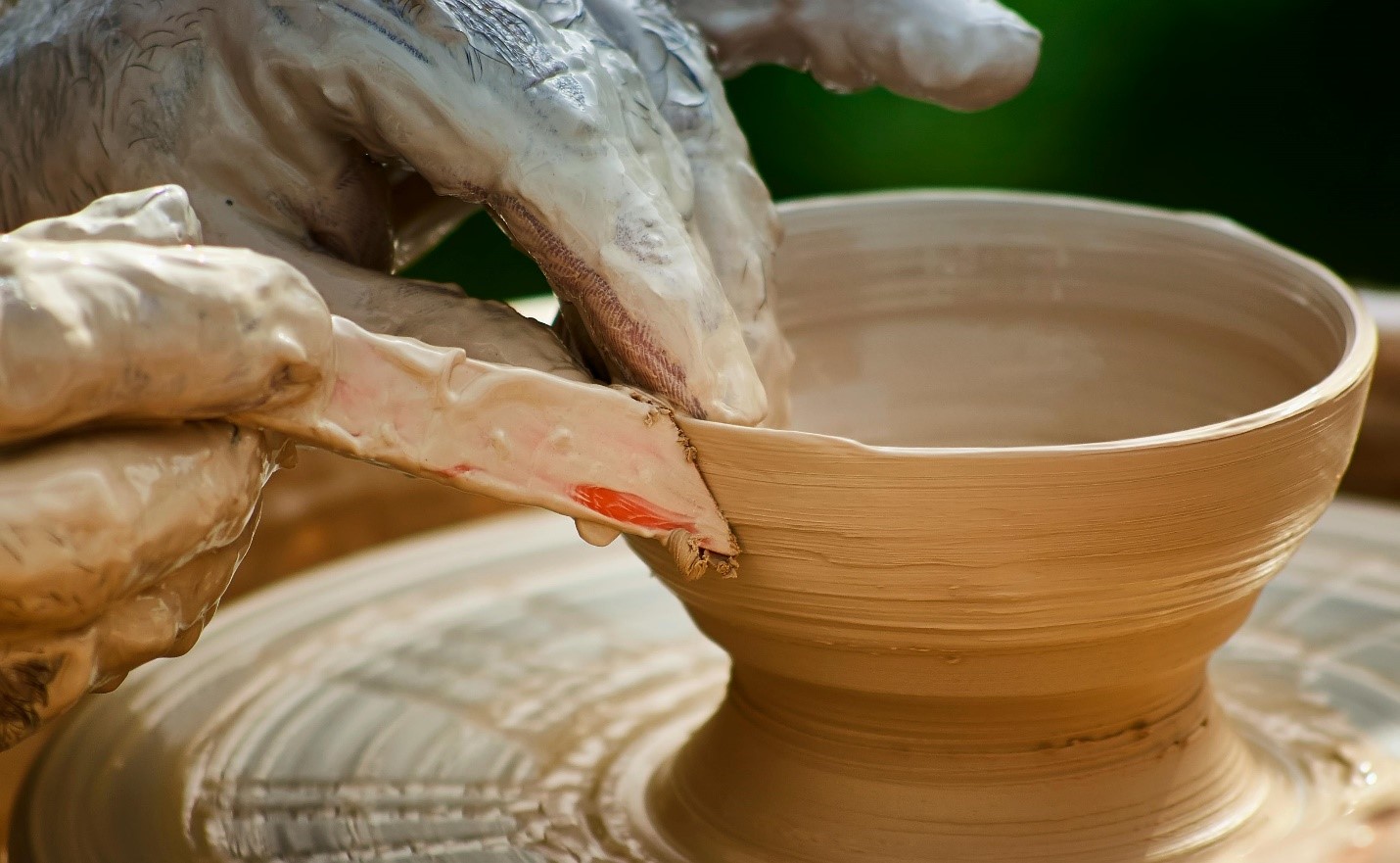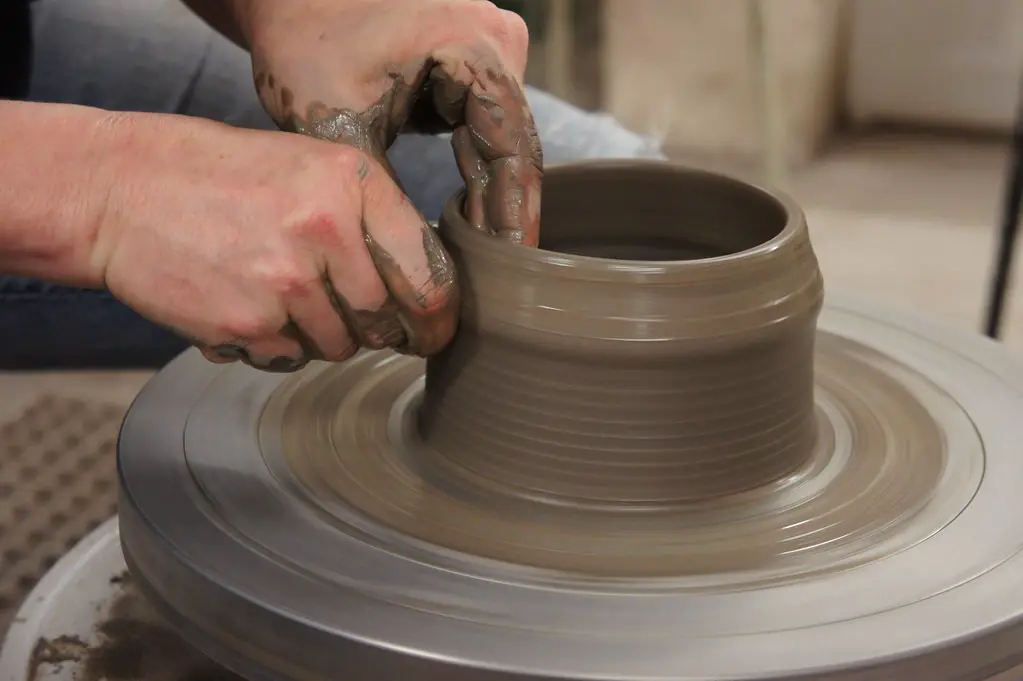Some people don’t want to look for recipes, but instead, want to make their own. That’s why we are providing the best homemade pottery glaze recipes that your child will enjoy using and some other key factors involved in the process of this.
We will discuss in each recipe the materials needed, along with what you need to do to mix these.
The basics of Glaze
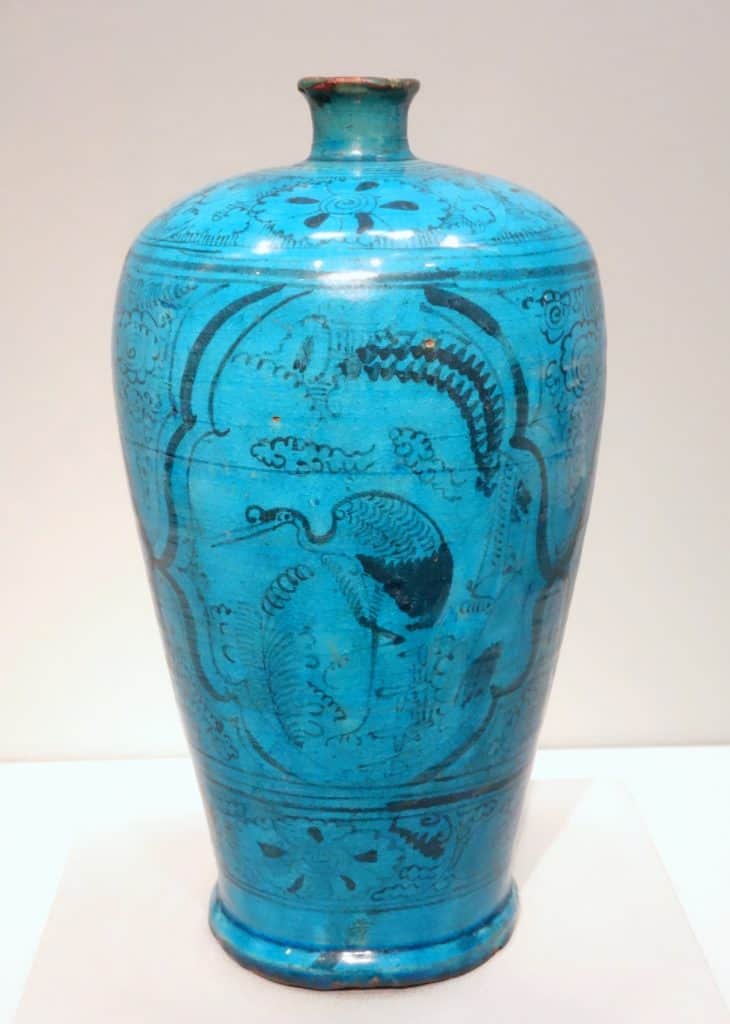
When you start from scratch, you need to understand the materials used to make glazes. At the core of it, it’s composed of the following:
- A glass former
- A flux
- A stabilizer
The flux is used to help melt the glaze or lower the point of melting
The stabilizer is an ingredient that’s used to stiffen glaze hold it and extend the melting range, typically aluminum
Glass former is the core ingredient and is supplied by silica
You use these three ingredients in most glazes.
Frits is a common part of it, with 3124 being the all-purpose and 3195 being a high in boron and a fluid one. They work with the glass formers and fluxes, into the mix.
Essentially, you take materials and they follow these three basic parts, and you combine this with a good ratio to create the best results.
Basic Homemade Glaze Recipe
Now to create a homemade glaze, you want to make sure you have the right materials. In this, we are going to make a basic glossy glaze.
The materials you need are as follows:
- 30% Ferro Frit 3124
- 30% EPC kaolin
- 40% Gestley borate
- A bucket or receptacle
- A face mask, latex gloves, and goggles to protect your body since you’re working with toxins
- A scale
- Some distilled water
- A blender or whisk
- Rib
- Sieve
- Measuring Cups and Spoons
To do this, you begin with the following:
- Measure out the ingredients for your glaze and divvy them out. For a full batch, multiply the ratio by the amount needed
- Measure the ingredients once again, and then mix them in the bucket
- Be precise with this, and make sure that you’re as accurate as possible since a dangerous glaze could shatter the pot
- Make sure you have protective gear on as you do this
- Take 11 oz. Of distilled water per pound of glaze that you’re making
- From here, you mix it and then supply it to your pottery
And there you have it, a simple glaze that you can put on. It’s important to take the time to learn the different ratios, and never make something that hasn’t been properly measured out.
Naragon White
This is a brilliant white that has a glossy and opaque surface that appears more white when you put it on the body itself. It fires at cone 6 in an oxidation atmosphere.
The ingredients for this one are as follows:
- 4% defomite
- 26% Frit 3124
- 6% whiting
- 31% F-4 feldspar
- 8% EPK kaolin
- 25% silica
- 12% zicopax
- 2% bentonite
With this, you want to mix it, and then get it to the consistency of heavy whipping cream for this. At this point, always apply it to a test piece of tile, and this goes for any clay glaze that you make.
Blue Green
You can also make a blue-green cone 6 recipes.
Here, we’ll tell you what you need:
- 22% Gerstley Borate
- 4% strontium carbonate
- 38% Custer feldspar
- 11% whiting
- 25% flint silica
- .5% cobalt Carbonate
- 1% Chrome Oxide
- 2% bentonite
Again, mix all of these. You may see that the numbers are higher than 100% and that’s to account for bringing color to the pottery through the use of chemicals
Strontium Blue Bronze
This is another great Cone 6 recipes. However, this one is not food-safe, and it doesn’t work well on sculptures and outside forms, so keep this for indoor pottery.
You can use a similar recipe to make a bronze-green, and essentially that means increasing the cobalt carbonate and reducing the copper carbonate.
To do this, you do the following:
- Begin with 1% lithium carbonate
- 60% nepheline syenite
- 20% strontium carbonite
- 10% ball clay
- 9% flint silica
- 1/5% cobalt carbonate
- 4% copper carbonate
Mix all of this, and make sure it’s thick, and you test this out. You should look at the glaze coat each time you do this one to ensure that there is the right thickness every time you glaze.
A Matte Base

Here is a recipe for a matte base, which you should fire at cone 04
- 43% Ferro Frit 3195
- 43% whiting
- 14% EPK Kaolin
At this point, mix it and test on a tile
A Satin Base
For satin bases, you add the following together:
- 50% Ferro Frit 3195
- 30% dolomite
- 20% EPK Kaolin
Mix it together, and you have a glaze that’s more satiny than glossy.
Another important note is the color. Color can be affected by the type of chemical that you put in there, and you can use some of these different chemicals to add to it:
- 5% rutile and 3% copper carbonate to make a blue-green
- 15% dark purple encapsulated mason stain: purple
- 15% red encapsulated mason stain: red and pink
- 2% copper carbonate: teal and blue
These homemade pottery glaze recipes will help you if you’ve been thinking about trying to make your glaze. Just remember, these are chemicals, so do be careful with them, and make sure that you learn what chemicals work with what, so you’re not subjecting yourself to certain toxins.
As always, with any glaze that you make, be sure to test it out, and also try different glazes on a single piece of tile to see what works.



